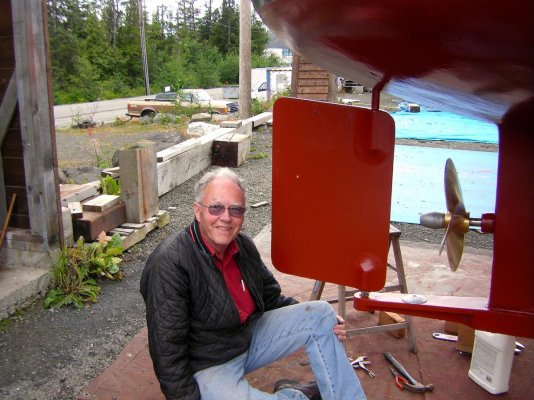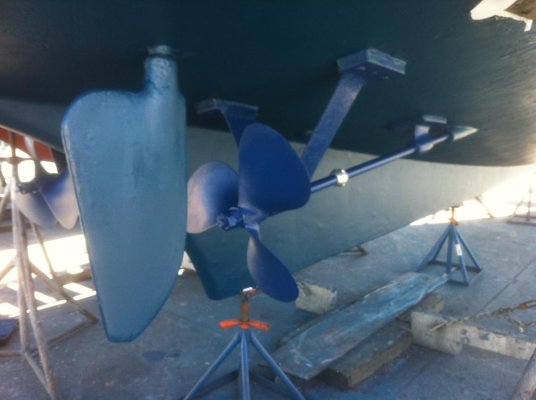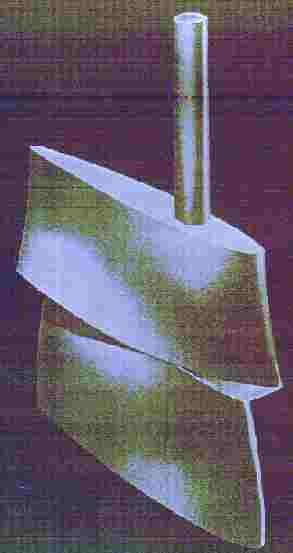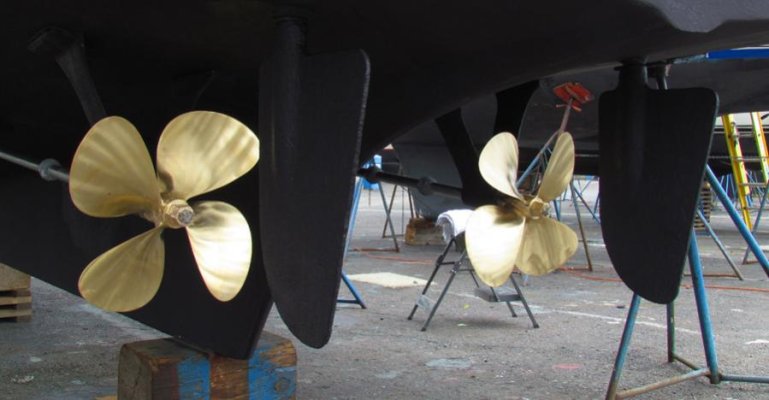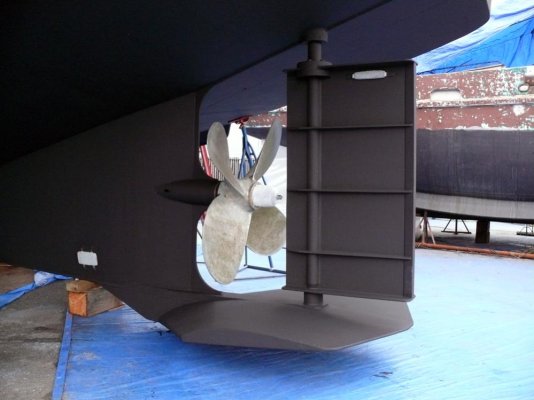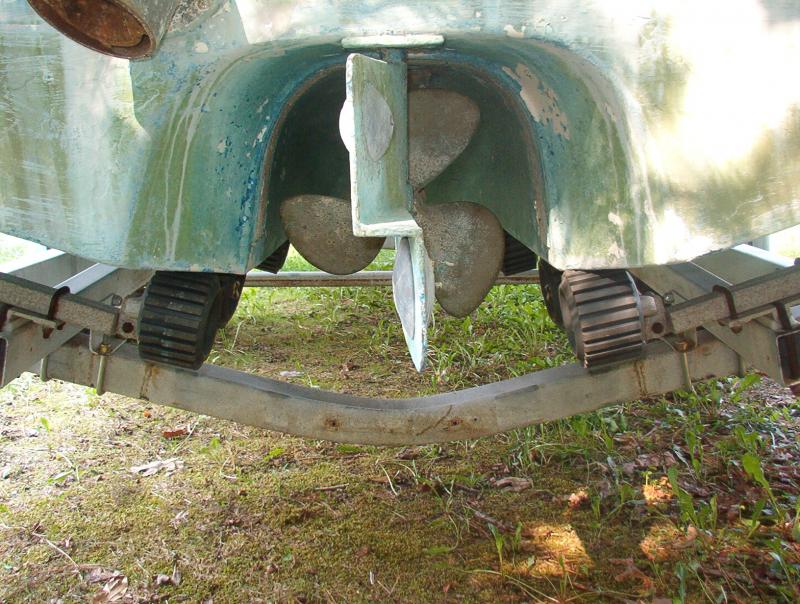Brooksie
Guru
- Joined
- Oct 20, 2007
- Messages
- 1,310
- Location
- USA
- Vessel Name
- Island Seeker
- Vessel Make
- Willard 36 Sedan
Has anyone tried different rudder designs on their vessel? If so, I would like to hear about them. Over the years I have run several designs on my Bruno-Stillman 35 (12K cruise) including flat plate (original), airfoil, wedge, split wedge (along shaftline), and contra split wedge before deciding on round nose airfoil w/ 20% balance and dam on bottom as the best compromise between minimum resistance, good low speed steering, & minimum "hunting" on the autopilot.
I am about to try and transfer what I have learned to my Willard 36 (6K cruise) which has a low aspect flat plate as std.
Any comments on your experiences would be interesting and appreciated.
I am about to try and transfer what I have learned to my Willard 36 (6K cruise) which has a low aspect flat plate as std.
Any comments on your experiences would be interesting and appreciated.

